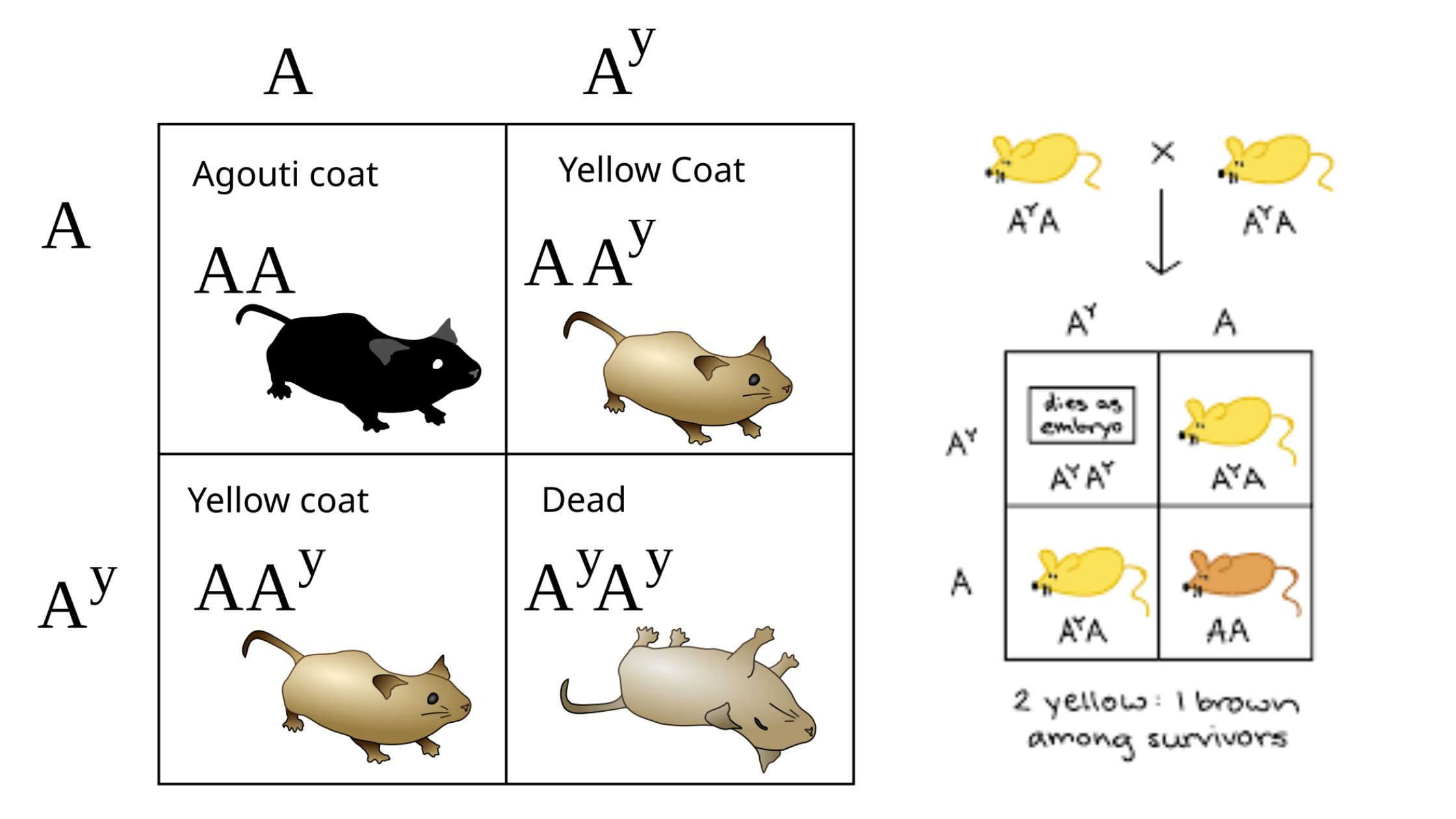Cytoplasmic or Extra-Nuclear Inheritance – Definition, Examples, Significance
What is Cytoplasmic or Extra-Nuclear Inheritance? Cytoplasmic inheritance, also known as extrachromosomal or extranuclear inheritance, refers to the transmission of genetic material that is not found within the nucleus but rather in the cytoplasm of a cell. This type of inheritance contrasts with Mendelian inheritance, which involves nuclear genes. In cytoplasmic inheritance, the genetic information … Read more









